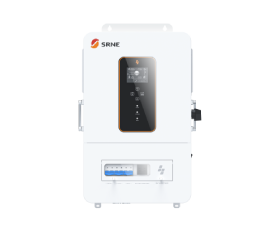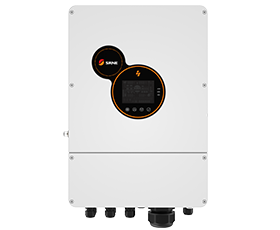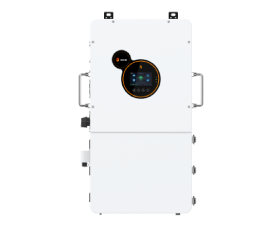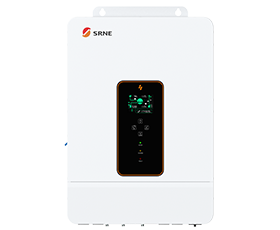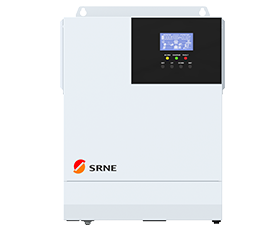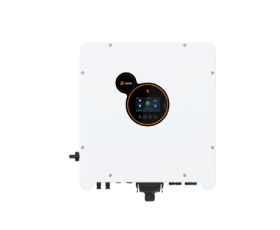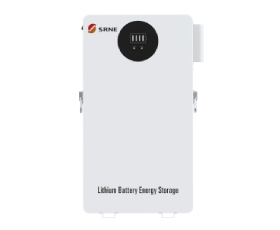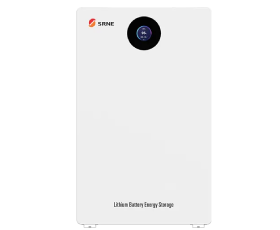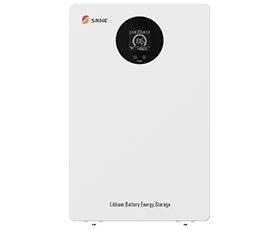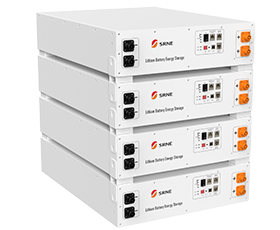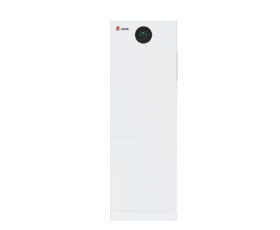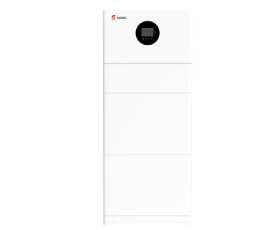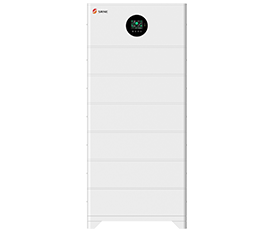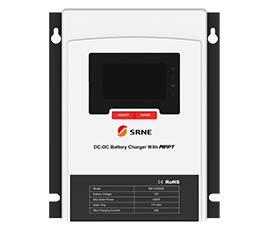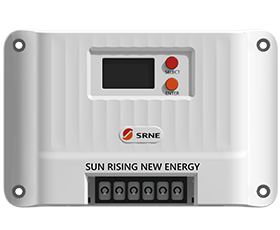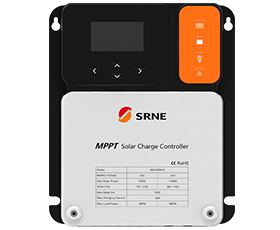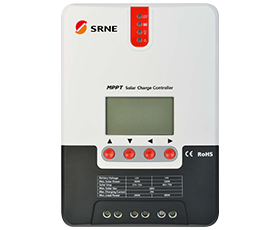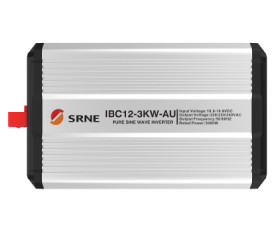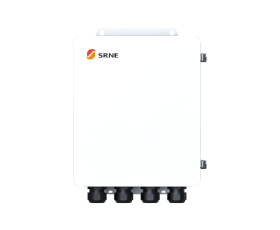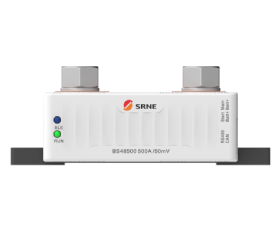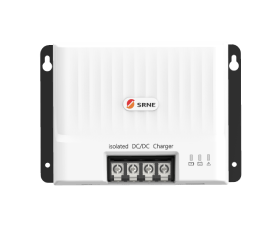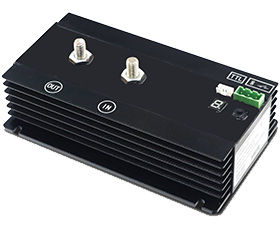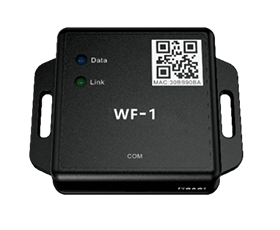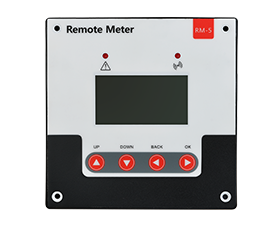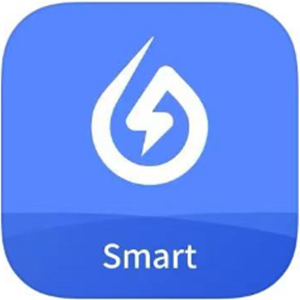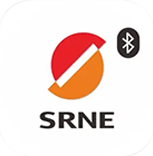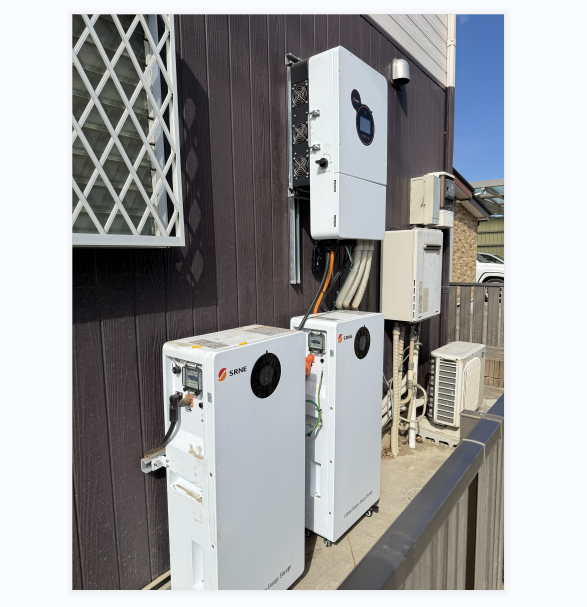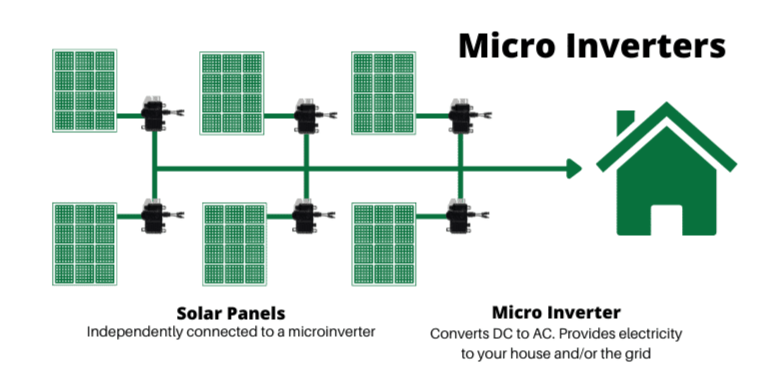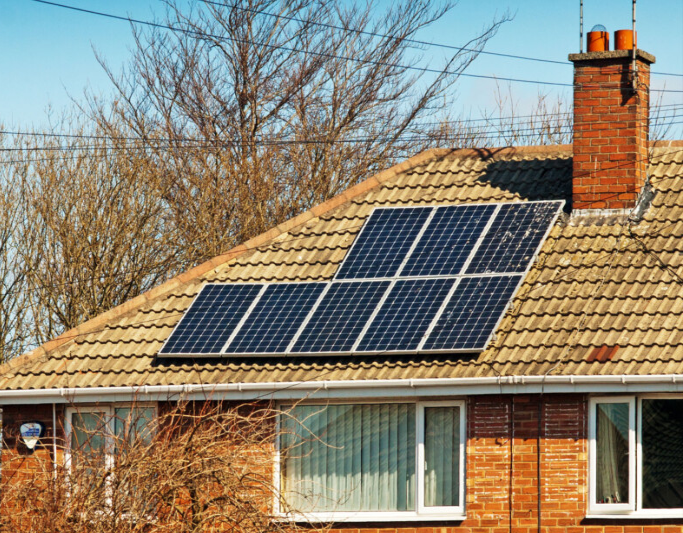String vs Micro vs Hybrid: Which Type of Solar Inverter Is Best?
From maximizing efficiency to preparing for energy storage or future upgrades, the type of inverter you choose directly impacts your system’s performance. In this guide, we’ll compare string inverters, microinverters, and hybrid inverters—highlighting their differences, advantages, limitations, and ideal use cases—so you can determine which one best fits your energy needs.
1.What Is a Hybrid Inverter?
A hybrid inverter is a smart, multi-functional solar inverter that goes beyond traditional DC-to-AC conversion. In addition to handling energy from solar panels, it also manages battery storage and, in many cases, communicates with the grid—all in a single, integrated system. This makes it a central control unit for managing how solar energy is generated, used, stored, or exported.
Unlike string or microinverters that work solely with solar panels, hybrid inverters can instantly distribute energy where it’s needed most: powering your home, charging your batteries, or feeding excess power back into the grid. This flexibility helps maximize solar efficiency, particularly by shifting energy use to times when sunlight isn’t available, like at night or during bad weather.
Moreover, in regions where power outages are common, hybrid inverters offer backup capability. When the grid fails, the system can automatically draw energy from the batteries to keep essential appliances running without interruption.
One of their strongest selling points is built-in battery management. This simplifies installation compared to setups that use a separate inverter and battery charger. It also gives users more control, allowing for settings that prioritize self-consumption, energy savings, or backup readiness.
Learn more:
Hybrid inverters combine the functions of a standard solar inverter with the intelligence to manage battery storage and interact with the grid, all within a single device. This makes them ideal for homeowners seeking to store excess solar energy for later use, reduce grid dependency, or prepare for future energy challenges. Many modern units—especially MPPT hybrid inverters—feature advanced algorithms for energy routing, allowing users to set preferences for self-consumption, time-of-use optimization, or emergency backup.
One of the key advantages of hybrid inverters is their ability to seamlessly coordinate between solar panels, batteries, and grid input, without requiring multiple standalone devices. This not only simplifies the system architecture but also makes energy flow more efficient.
However, these inverters are typically more expensive and require careful planning around battery compatibility and installation logistics. Some models may also demand periodic software updates or system checks to maintain optimal performance. Still, for those looking to future-proof their solar investment with smart energy control and storage readiness, hybrid inverters represent a compelling solution.
Ultimately, hybrid inverters are best suited for users who want energy independence, enhanced resilience against grid instability, and the option to scale their system in the future. Whether you're planning for battery storage now or just want to keep the door open for future upgrades, a hybrid inverter offers the flexibility and control to adapt to your long-term energy goals.
2.What Is a String Inverter?
A string inverter is the most commonly used type of solar inverter, especially in residential and small commercial systems. It connects multiple solar panels (called a "string") to a single central inverter, which converts the collective DC electricity from the array into usable AC power.
This setup is straightforward, cost-effective, and easy to maintain—making it a popular choice for rooftops with consistent sun exposure and uniform tilt. However, since all panels are connected in series, the entire system’s performance can be affected if one panel underperforms due to shading, dirt, or mismatch.
String inverters are ideal for installations where panel orientation and sunlight conditions are relatively even across the system.
String inverters are a popular choice for residential and small-scale commercial solar systems due to their straightforward setup and relatively low cost. By centralizing power conversion through a single unit, they reduce the need for multiple components and simplify system design—resulting in lower installation and maintenance overhead. Their reliability and widespread availability also make them a go-to solution for projects with consistent sun exposure and a standard roof layout.
That said, string inverters do have limitations. Since all panels in a string share the same circuit, a drop in output from one—caused by shading, dirt, or mismatch—can affect the performance of the entire array. Monitoring is typically limited to the overall system level unless external optimizers are added. For installations with complex roof angles or uneven sunlight, this type of inverter may not deliver the best efficiency or adaptability.
3.What Is a Microinverter?
A microinverter is a small inverter installed on each individual solar panel, converting DC to AC right at the source. Unlike string inverters, microinverters work independently per panel, which means if one panel is shaded or underperforming, it won’t drag down the output of the others.
This makes microinverters especially beneficial for roofs with partial shading, multiple tilt angles, or irregular layouts. They also allow for panel-level monitoring, giving users and installers more detailed performance data and easier troubleshooting.
While microinverters come with a higher upfront cost and involve more components, their performance optimization and scalability can make them a smart investment in many installations.
Microinverters are well-suited for solar systems installed on roofs with variable angles, partial shading, or structural complexity. Unlike centralized inverters, each panel operates independently with its own microinverter, ensuring that shading or underperformance on one module doesn’t compromise the rest of the system. This architecture also enables real-time, panel-level monitoring, which is particularly useful for diagnosing performance issues or optimizing output over time.
From a system design perspective, microinverters offer excellent flexibility and scalability, making it easy to add new panels without reconfiguring the entire setup. However, the benefits come at a premium. Initial costs are generally higher, both due to the number of inverters required and the added installation time.
Additionally, because each panel includes its own electronics, the system involves more components, which may increase long-term maintenance considerations. It's also worth noting that battery integration is limited in many microinverter-based setups, which may be a drawback for users planning to expand into energy storage.
4. String vs Micro vs Hybrid: A Side-by-Side Comparison
After understanding the core features and use cases of each solar inverter type, it's helpful to place them side by side for a clearer perspective. The comparison table below outlines the key differences between string inverters, microinverters, and hybrid inverters, focusing on cost, efficiency in varied conditions, and system compatibility.
This snapshot is designed to help homeowners, installers, or energy planners quickly evaluate which option aligns best with their technical needs and long-term energy goals:
Feature | String Inverter | Microinverter | Hybrid Inverter |
Installation Cost | Low | High | Medium to High |
Performance in Shading | Low | High | Medium (varies with system design) |
Monitoring Capabilities | Basic (system-level) | Advanced (panel-level) | System-level plus battery tracking |
Battery Compatibility | External battery required | Generally unsupported | Built-in or battery-ready |
Ideal Application | Even, unshaded rooftops | Complex or shaded installations | Homes with current or future storage plans |
Each type serves a distinct role in solar system design. String inverters are a solid choice when simplicity and budget are top priorities—particularly for rooftops with consistent sunlight. For properties with partial shading, multiple roof angles, or expansion plans, microinverters provide greater energy harvesting and visibility into panel-level performance. Meanwhile, hybrid inverters are tailored for users seeking energy flexibility—those who want to combine solar with storage, prepare for grid outages, or simply future-proof their systems.
5.How to Choose the Right One for You
Choosing a solar inverter isn’t just about picking the most advanced option—it’s about finding the right fit for your roof, energy needs, and future plans.
Start by considering your roof layout and shading. If your panels get consistent sunlight and face the same direction, a string inverter is usually a cost-effective choice. For rooftops with partial shading or different angles, microinverters can help maximize energy output from each panel.
Think about your long-term goals as well. If you plan to add batteries or want more control over energy use, a hybrid inverter offers greater flexibility and storage compatibility.
Budget also plays a role. While micro and hybrid inverters may cost more upfront, they often deliver better efficiency and long-term value.
Finally, check local availability and installer support to ensure compatibility and reliable maintenance.
Learn more:
https://www.srnesolar.com/articledetail/the-different-between-hybrid-inverter-and-grid-inverter.html
https://www.srnesolar.com/articledetail/how-to-size-a-home-power-inverter-for-your-needs.html
https://www.srnesolar.com/articledetail/the-future-of-home-power-inverters.html
Conclusion
In the end, there’s no universal answer to which solar inverter is best. It depends on your roof structure, budget, energy habits, and long-term plans. While hybrid inverters, especially advanced MPPT hybrid inverter models, provide the intelligence and storage-readiness needed for future-focused energy systems. By aligning your choice with your specific needs, you’ll ensure your solar investment delivers maximum value—now and in the years to come.




















